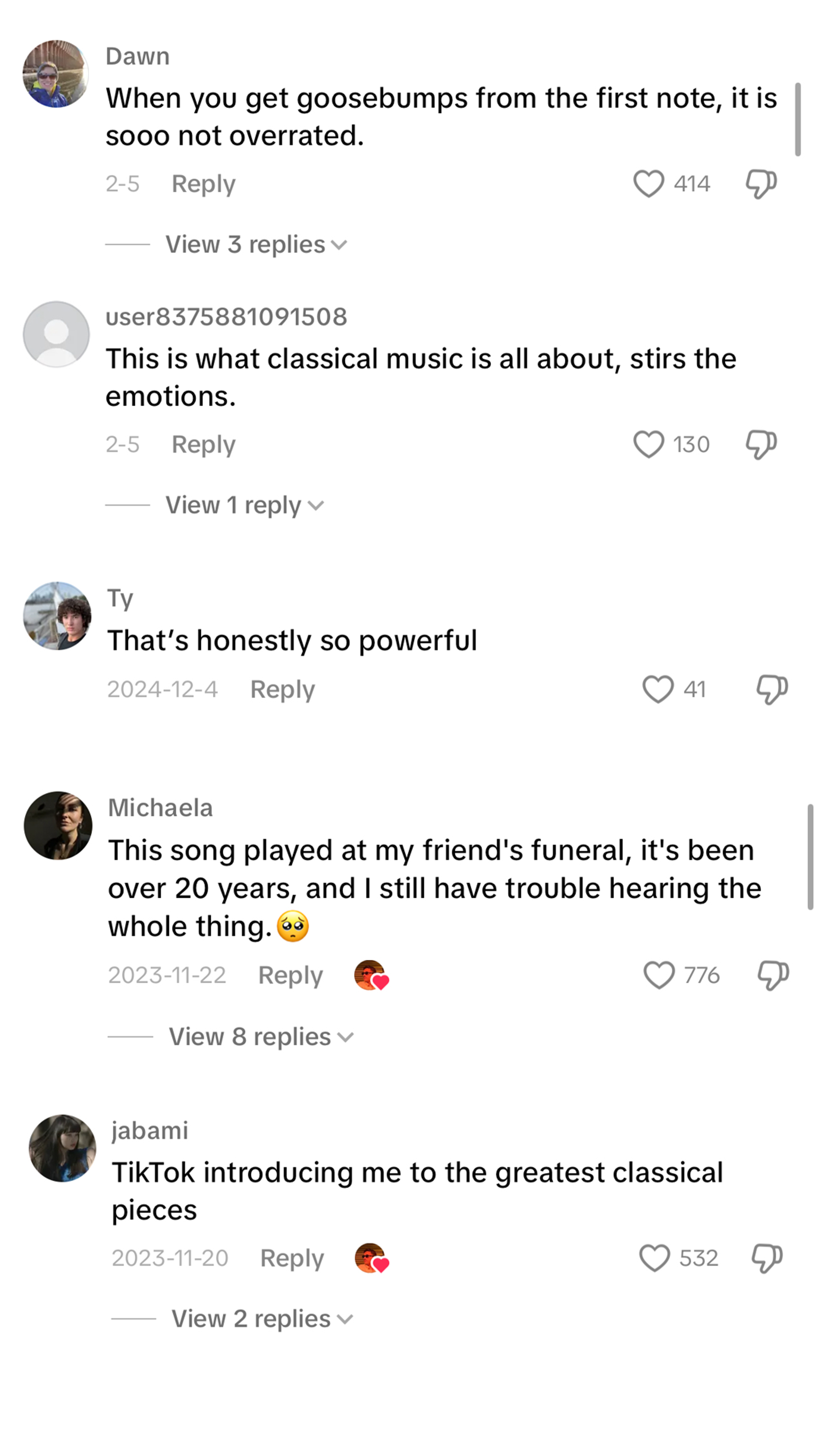Orchestra After 5 has become one of my favorite projects—a chance to introduce major works of the classical repertoire to entirely new audiences. For me, it’s about meeting people where they are, breaking down barriers, and showing them why this music matters.
When I talk to people who are not regular attendees of orchestral concerts, I’m struck by how little they know about the orchestral world. They don’t know the rituals—when to clap, what to wear, or what the conductor is doing on stage. They don’t recognize the names of composers or pieces, and they have no way of judging whether the performance is “good” or not. For someone in their 20s or 30s, the idea of attending an orchestra concert can feel intimidating, expensive, and, at worst, irrelevant.
But I believe that with the right introduction, anyone can connect with classical music. Take Berlioz’s Symphonie Fantastique, for example. When I introduce this piece, I don’t talk about sonata form or orchestration. Instead, I tell the story of a young, ambitious composer, madly in love with a famous actress, pouring his heart into a hallucinatory roller coaster of madness, drugs, and the occult. It’s a piece about being young, chasing your dreams, and surrendering to the irresistible pull of destiny. When you frame it like that, anyone can relate.
In fact, I’ve been pleasantly surprised to discover that classical music has found a vibrant and enthusiastic audience on TikTok. While many users may not know the names of the pieces they’re hearing or the stories behind them, they express a deep emotional connection to the music. Comments like the ones below are everywhere. It’s proof that the power of classical music transcends knowledge or experience—it speaks directly to the heart.

I’ve given hundreds of pre-concert lectures for the Philadelphia Orchestra, and my goal is always the same: to address each audience member as if they’ve never heard an orchestra before. Words like “Tchaikovsky,” “Symphony No. 6,” or “Pathétique” might mean nothing to them, and that’s okay. Instead, I focus on the story behind the music—the hidden narrative behind the music, his mysterious death just days after the premiere, and the feelings of pessimism, despair and devastation that Tchaikovsky portrays in the final moments of the symphony. By building an emotional bridge to their own lives, I hope that when they hear the music in the concert hall, they’ll close their eyes and let memories, ideas, and connections pour in. Now we are creating an environment where the audience can have a life-changing experience.
I think our challenge as artists is to recognize that while this music is in our blood—it is our passion, our life’s purpose, our guiding light, our job, our career—it can be a brand-new, even foreign experience for others. We must always find ways to welcome and open the doors of understanding to ever wider audiences. Not doing so robs people of potentially life-altering experiences and, worse, dooms our art form to slow and inevitable entropy. But if we meet people where they are, if we tell the stories behind the music and build those emotional bridges, we can create a future where classical music is celebrated and enjoyed by people of all ages.